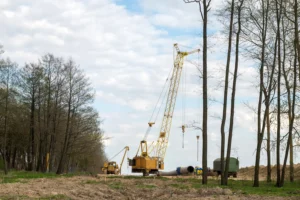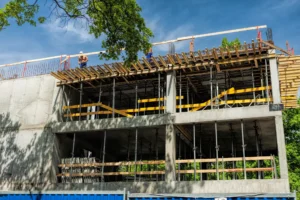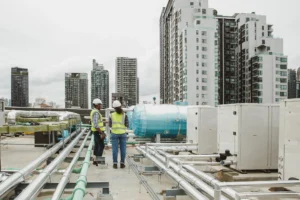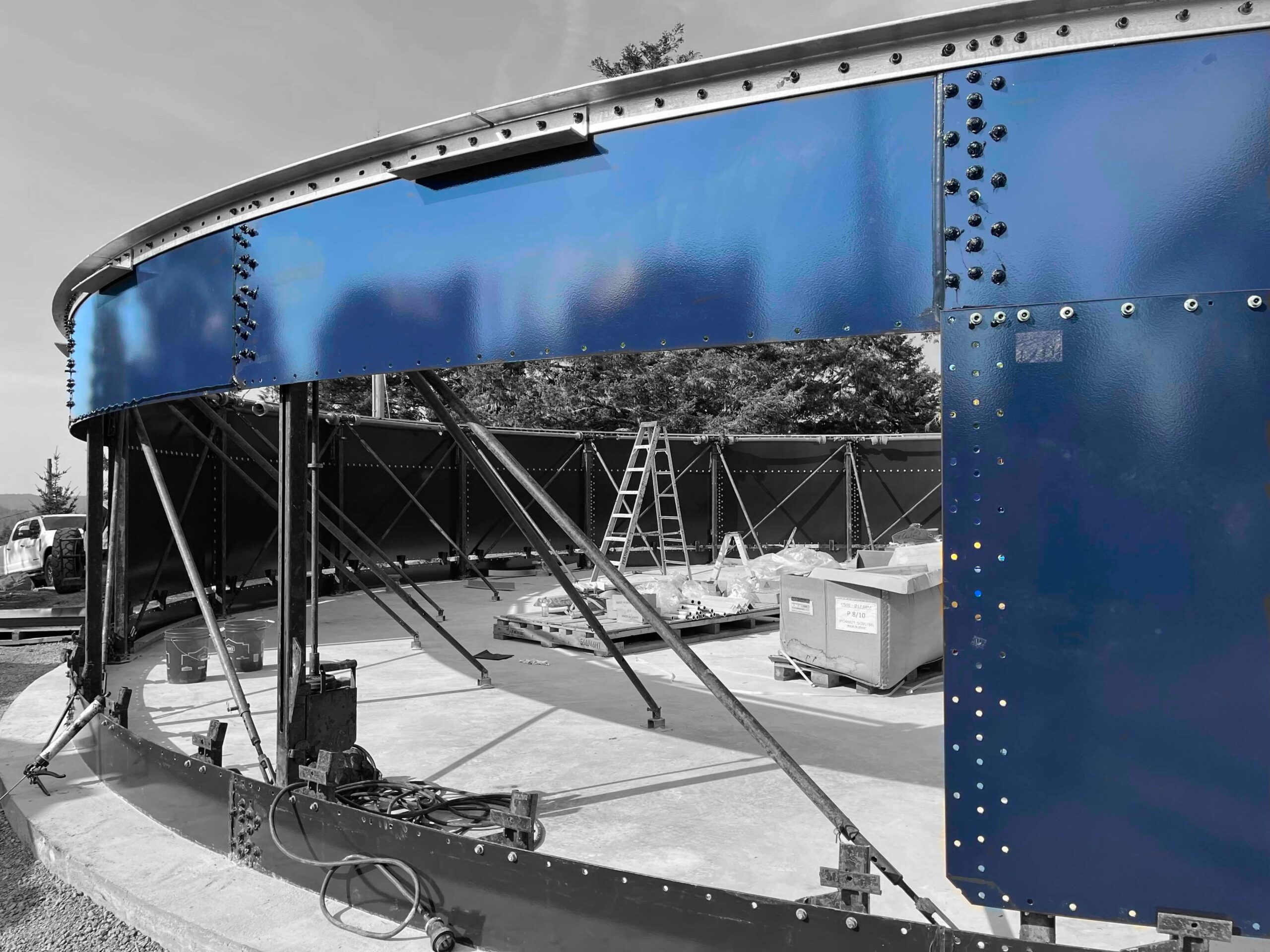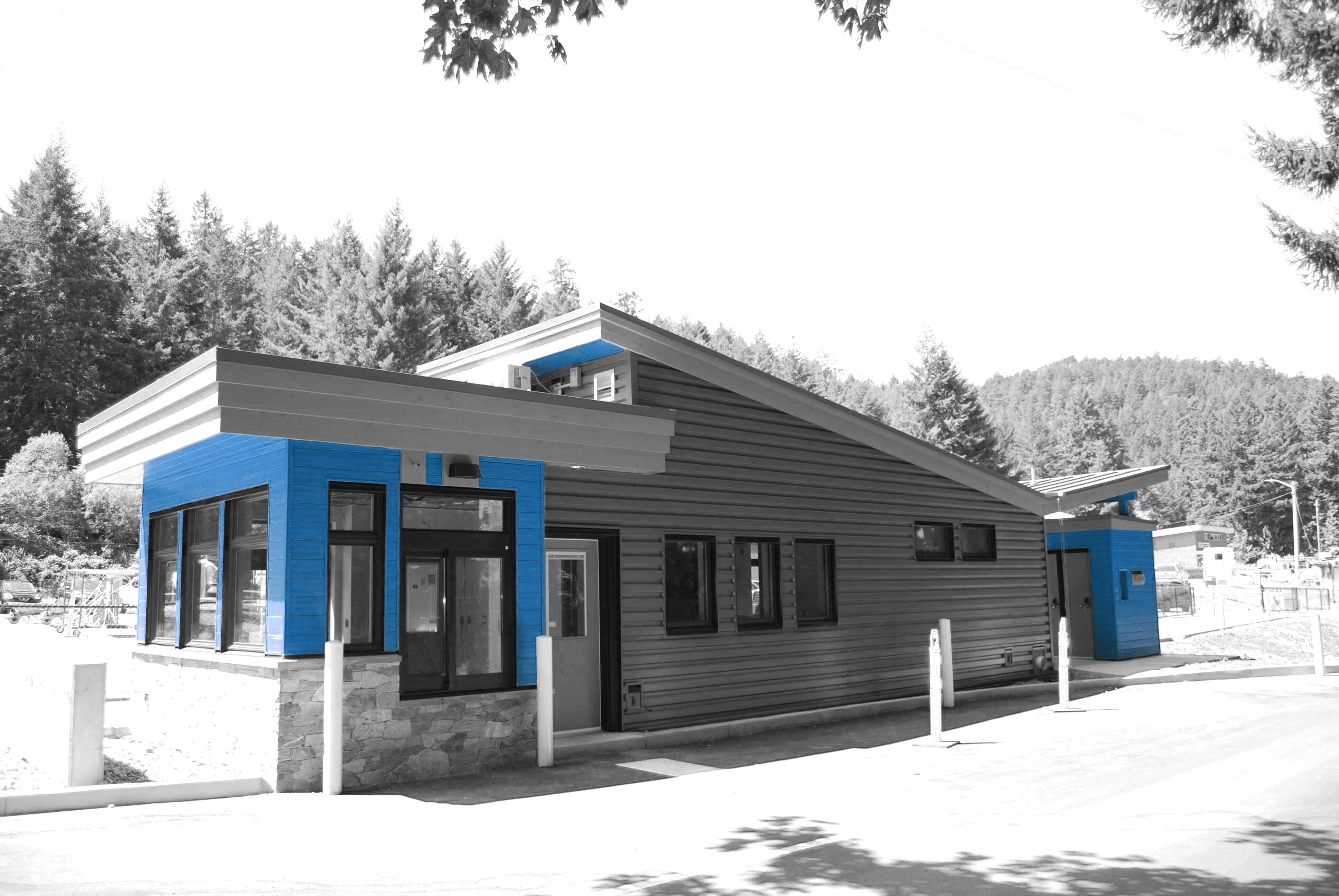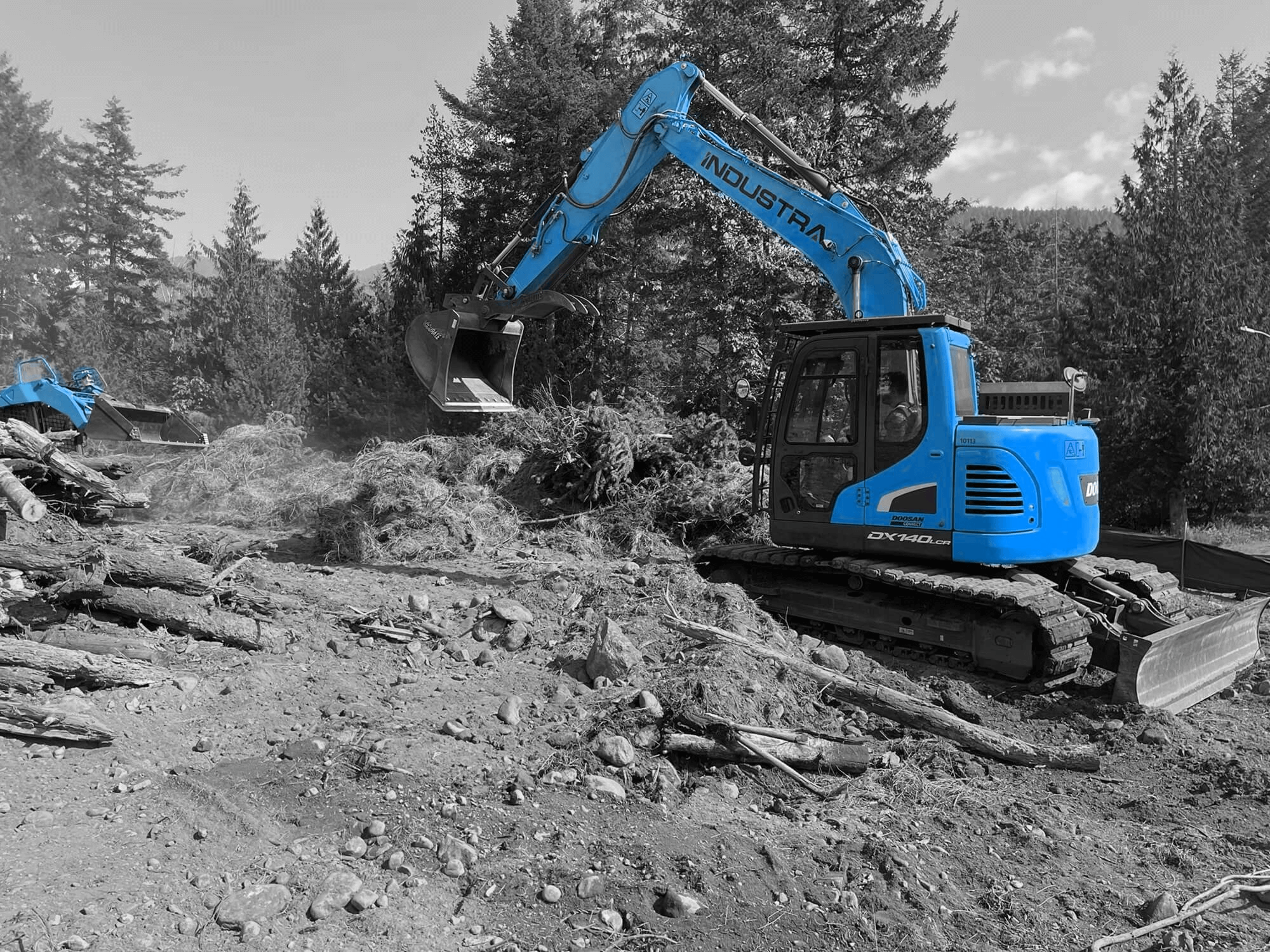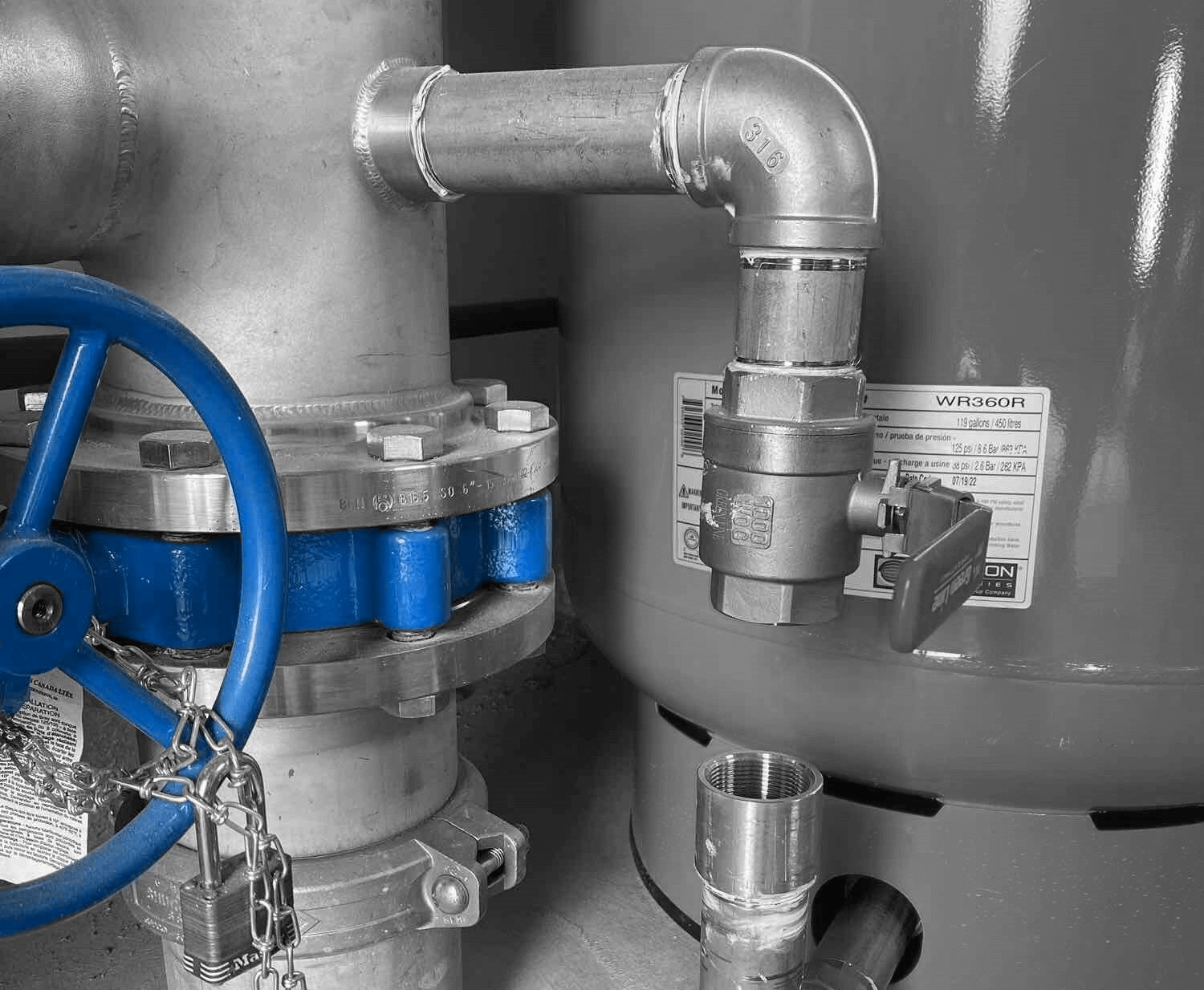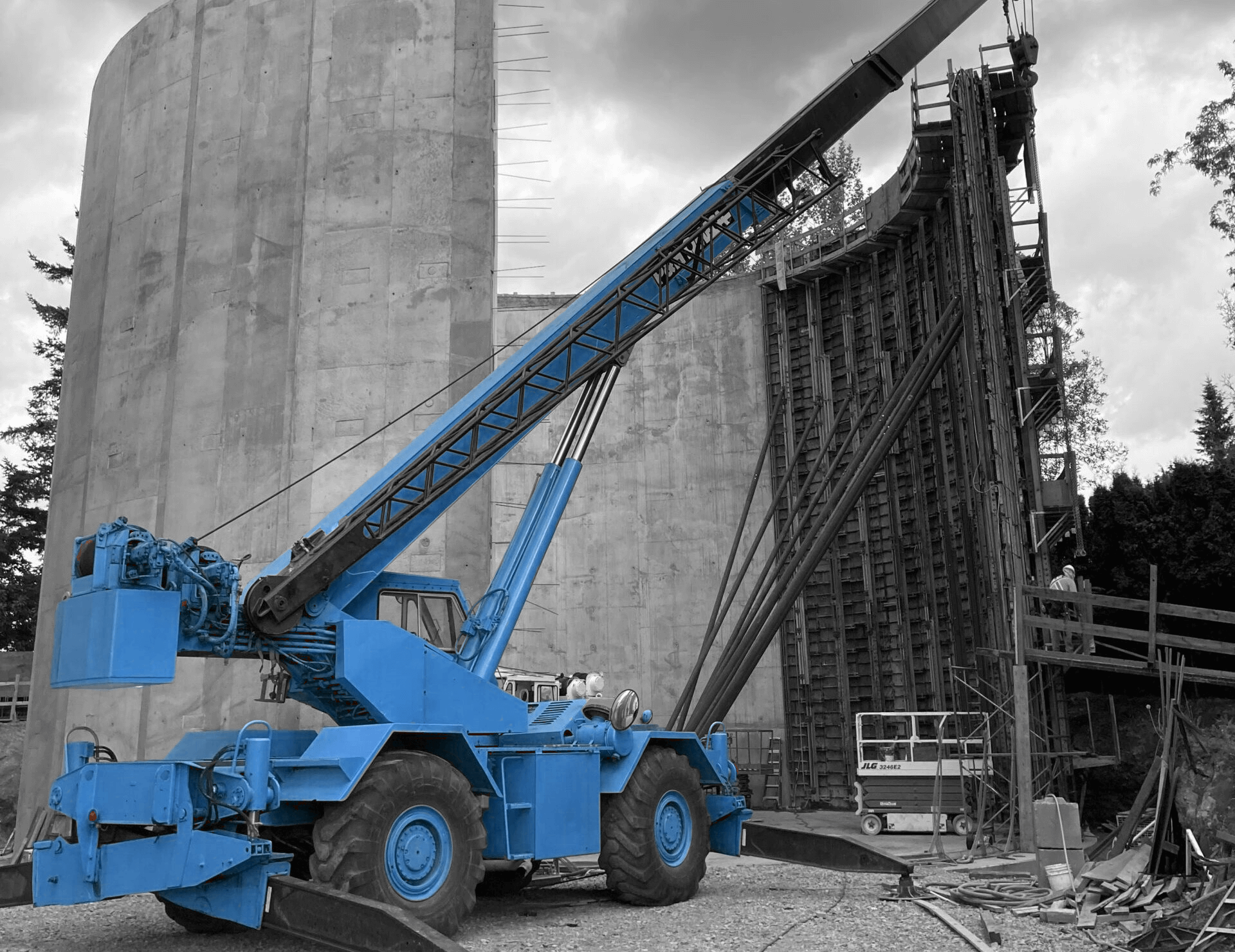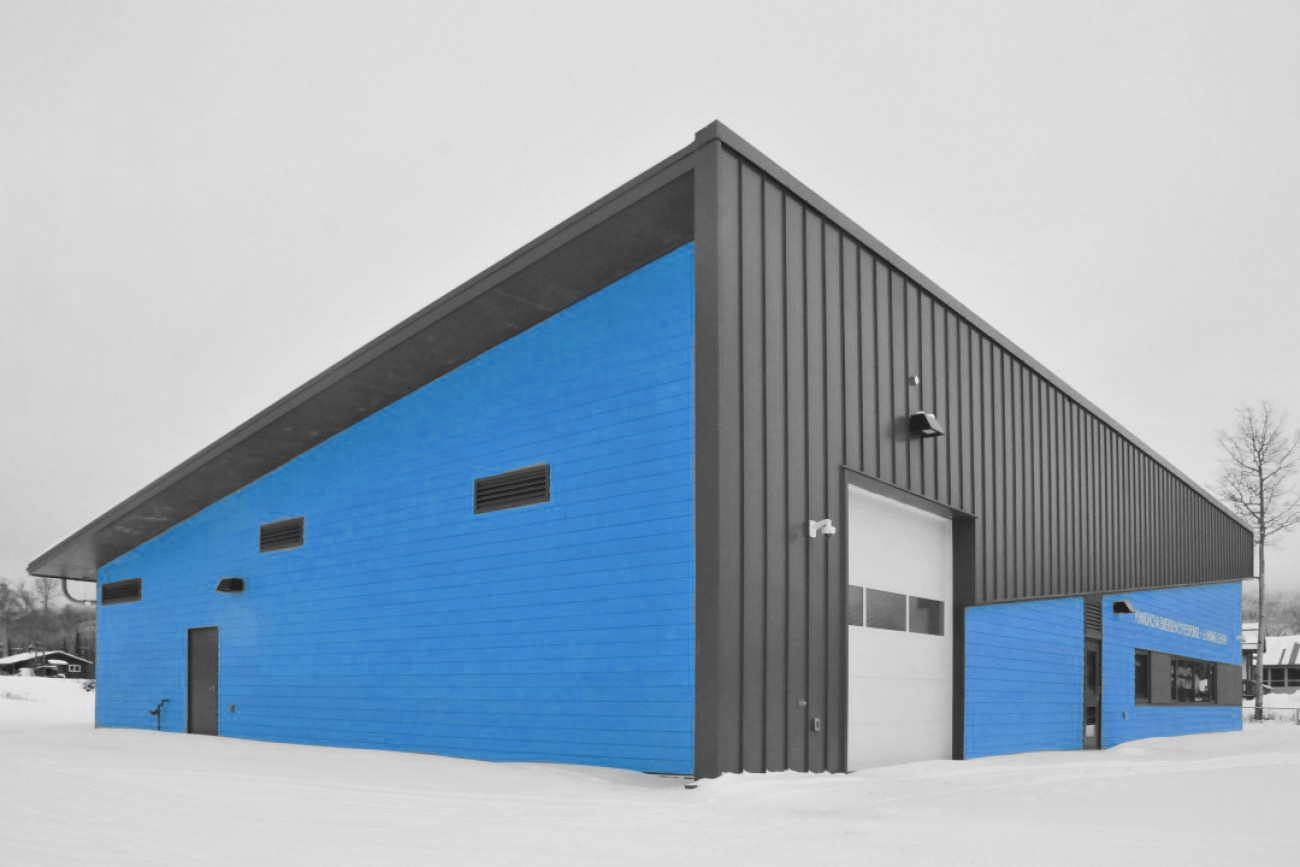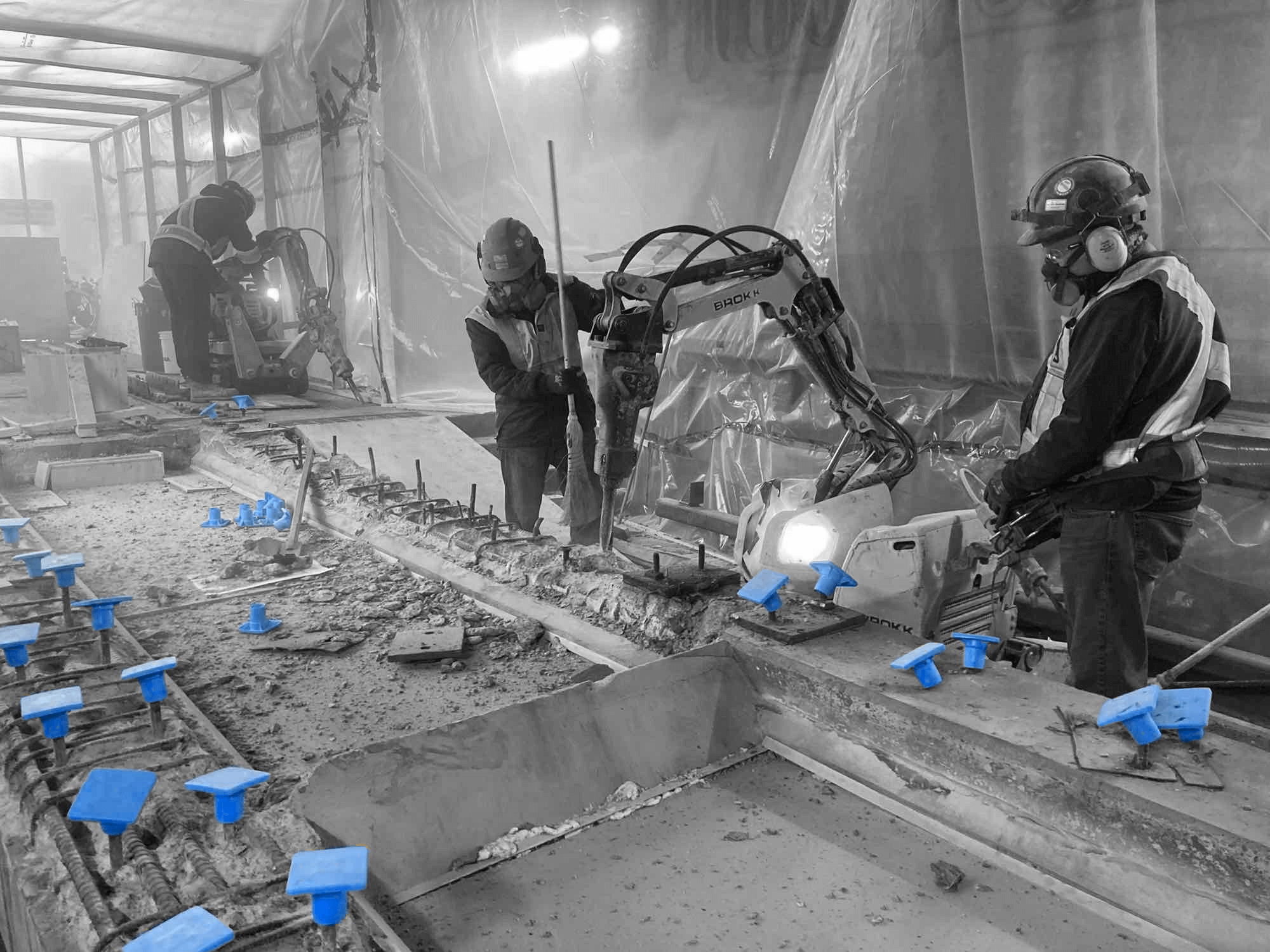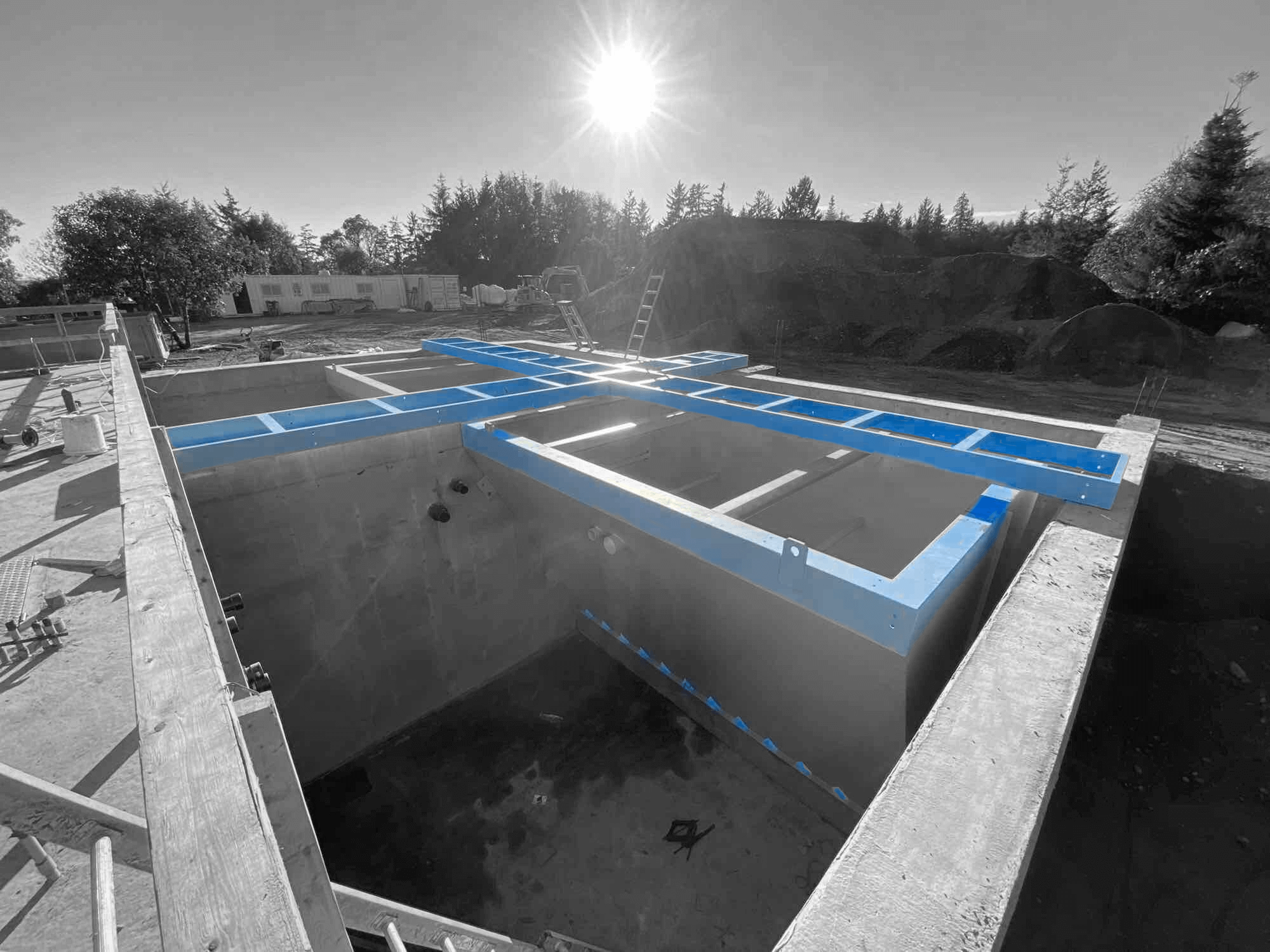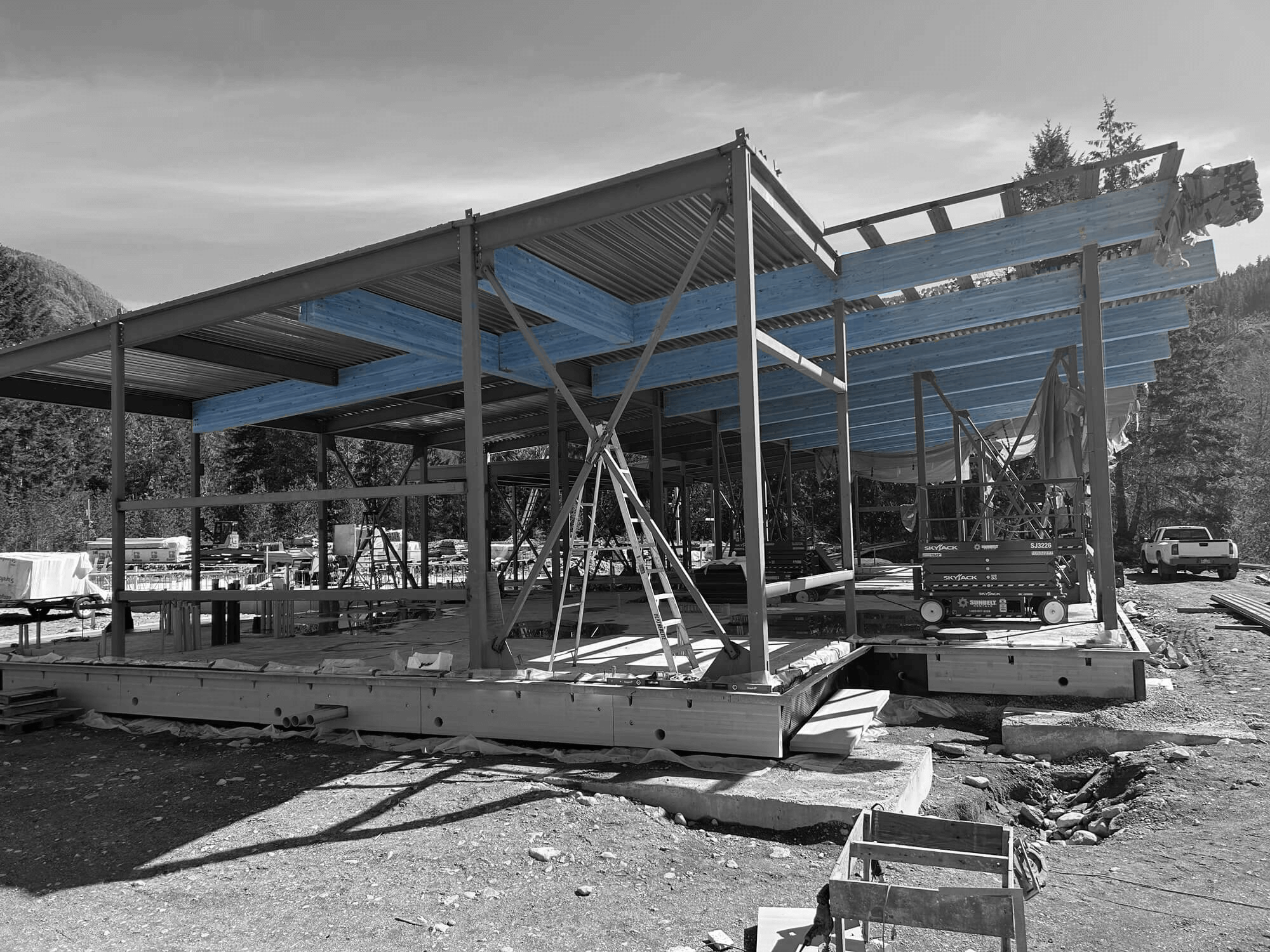EPC design-build is a method that combines engineering, procurement, and construction services under one contract. This approach streamlines projects by integrating all stages of development, making it an efficient choice for industrial projects. With all teams working together from start to finish, the chances of project delays and budget overruns significantly decrease.
In industrial settings, efficiency is crucial. Delays or unexpected costs can lead to significant losses, not just financially, but also in terms of productivity and resource allocation. EPC design-build helps mitigate these risks by providing a seamless process. It ensures better communication, faster decision-making, and cohesive execution, leading to smoother project delivery.
Adopting the EPC design-build method can transform how industrial projects are managed and executed. By uniting the design and construction phases, this approach promotes collaboration and accountability, ensuring that every aspect of the project aligns with clients’ goals and deadlines.
Let’s delve deeper into what makes EPC design-build essential for improving efficiency in industrial projects.
What Is EPC Design-Build and Why Is It Important for Industrial Projects?
EPC design-build combines engineering, procurement, and construction into one streamlined process. By having a single entity responsible for all these phases, it eliminates the need for separate contracts and communication lines. This approach means that from the initial concept to the completed project, there is a unified vision and clear accountability. Everyone works toward the same goal without the usual confusion caused by multiple teams working independently.
This method is particularly valuable for industrial projects where time and precision are critical. Delays can be costly, both financially and in terms of project timelines. EPC design-build addresses this by fostering better teamwork and communication, which helps avoid misunderstandings and ensures that everyone is on the same page. This results in fewer delays and errors, making the entire project run more smoothly and efficiently.
Key Benefits of Using EPC Design-Build for Industrial Efficiency
- Streamlined Communication: With EPC design-build, a single team handles everything. This integrated approach reduces miscommunication and ensures everyone is aligned. You don’t have the back-and-forth that often occurs with separate contracts.
- Faster Project Completion: Combining all aspects of the project under one roof means quicker decision-making. Changes and adjustments can be made faster, leading to shorter project timelines.
- Cost Savings: An integrated team means fewer surprises when it comes to costs. There are fewer unexpected expenses, and the team can work more efficiently, reducing both labour and material costs.
- Higher Quality Work: When the same team is responsible for both design and construction, the quality of work improves. There’s a seamless transition between planning and building, resulting in a higher standard of work.
- Improved Risk Management: Having a single entity responsible for the whole project means better risk management. Any potential issues can be identified early, and steps can be taken to mitigate risks before they become bigger problems.
Using EPC design-build can significantly enhance the efficiency of industrial projects. By improving communication, speeding up timelines, saving costs, boosting quality, and managing risks better, this method ensures that industrial projects are completed with the highest level of efficiency and reliability.
Steps Involved in the EPC Design-Build Process for Industrial Projects
The EPC design-build process starts with the planning and design phase. In this stage, we identify the project requirements and create a detailed plan. This includes selecting materials, estimating costs, and setting a timeline. By having a comprehensive design from the onset, we can foresee potential issues and address them before construction begins. This phase is crucial for setting the foundation for a successful project.
Next is the procurement phase. Here, we source the necessary materials, equipment, and subcontractors for the project. Having a single team in charge of this phase ensures that everything aligns with the initial design and budget. This reduces the risk of delays due to material shortages or subcontractor availability. By efficiently managing procurement, we keep the project on track and within budget.
Finally, the construction phase begins. With the design and procurement already handled, the construction team can focus on building without distractions. This integrated approach means less time is spent waiting for approvals or resolving conflicts. The construction team follows the detailed plan developed earlier, ensuring the project stays aligned with the established goals and timelines. Throughout the construction phase, constant communication ensures any issues are addressed promptly.
Real-Life Examples of Enhanced Efficiency in Industrial Projects With EPC Design-Build
One example can be seen in industrial plant upgrades. These projects often involve complex machinery and specific timelines to minimize downtime. Using the EPC design-build method, an industrial plant was able to upgrade its equipment without extending the shutdown period. The integrated approach allowed the project team to plan every detail in advance, procure the necessary components ahead of time, and execute the construction phase efficiently. The plant resumed operations on schedule, avoiding expensive delays.
Another example is the construction of a new manufacturing facility. By using the EPC design-build method, the project team completed the facility faster than with traditional methods. The unified team worked together from day one, streamlining every phase of the project. The facility was up and running ahead of schedule, allowing production to start without unnecessary delays. This not only saved time but also reduced costs, proving the value of the EPC approach.
Conclusion
EPC design-build offers a streamlined, efficient approach to managing industrial projects. By integrating engineering, procurement, and construction into a single process, we can reduce miscommunication, speed up timelines, save costs, and improve the overall quality of work. This method is particularly valuable for industrial settings where minimizing downtime and staying on budget is crucial.
Adopting the EPC design-build method means having a unified team dedicated to understanding and achieving your project goals. Every step, from initial design to final construction, is handled efficiently and transparently, ensuring that the project runs smoothly and is completed on time. Enhanced efficiency in industrial projects translates to significant cost savings and improved productivity, making EPC design-build a smart choice.
Ready to accelerate your next industrial project? Discover how our EPC design-build services can deliver the efficiency you need. Contact Industra Construction Corp. today to learn more.




